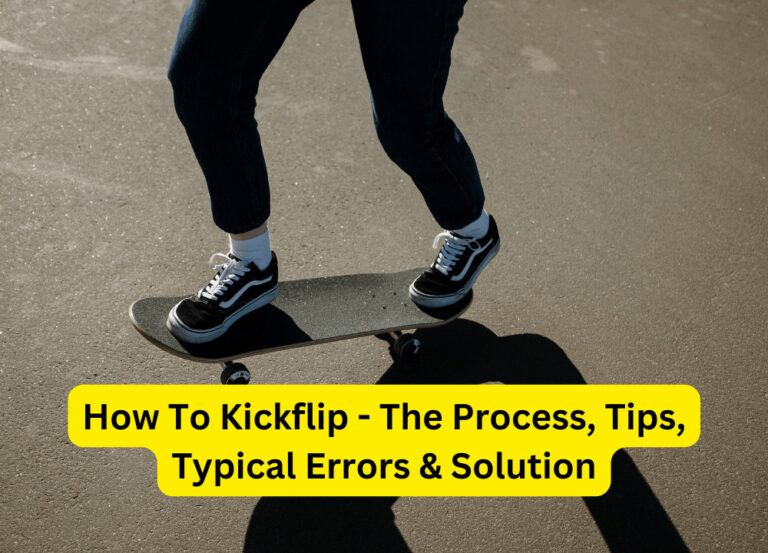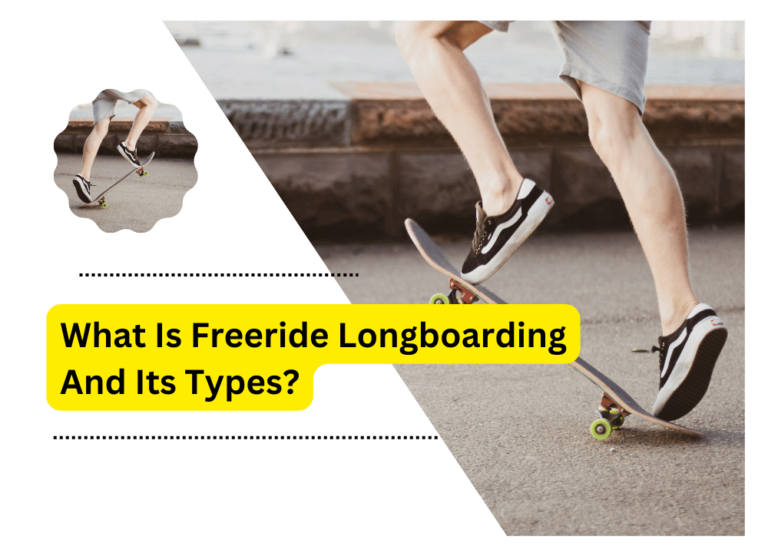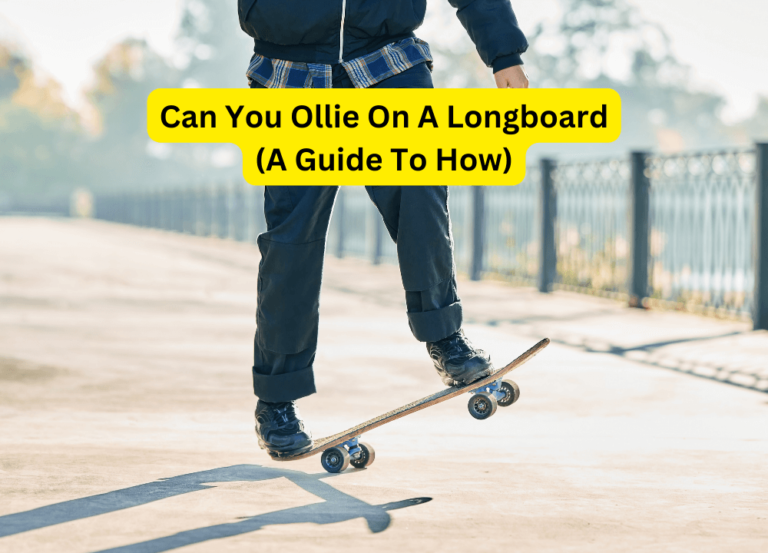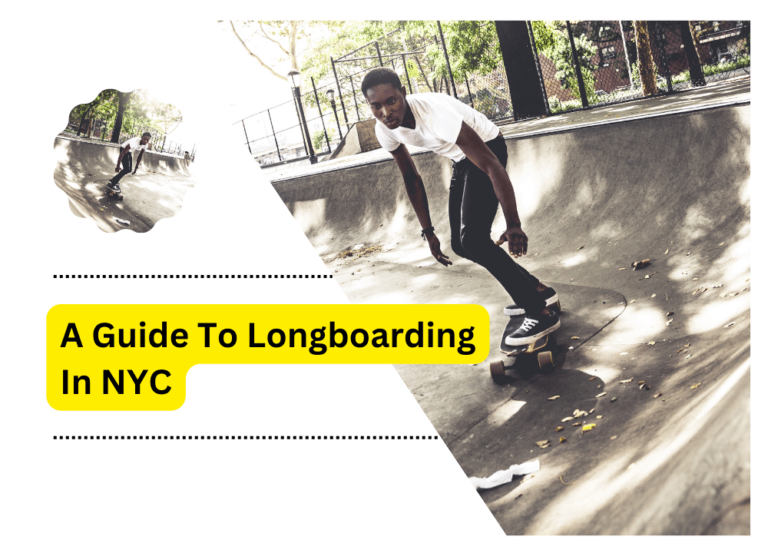Discover The Different Types Of Longboards
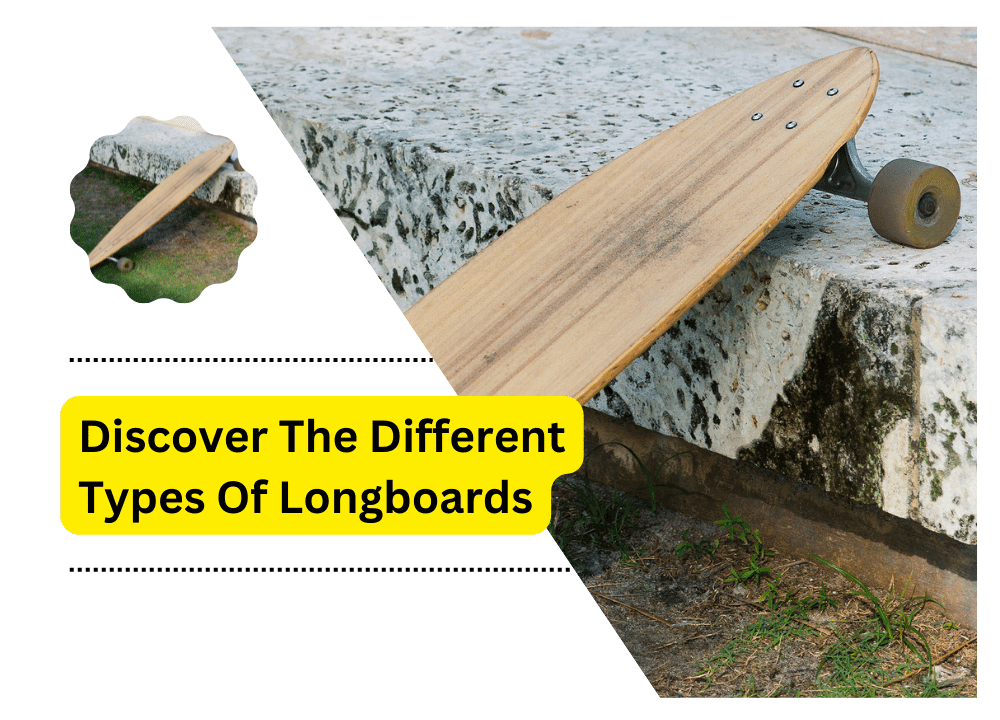
Longboarding has taken the world by storm, offering a heart-pumping adventure for adrenaline junkies of all ages. But with so many options, choosing the perfect board that matches your riding style can be overwhelming. Fear not!
This guide will dive deep into the exhilarating realms of carving, freestyle, and dancing longboards – three types of longboards that will leave you torn between thrilling slides or mesmerizing moves. So strap on your helmet and join us as we explore which longboard is right for you!
Introduction to Longboards
Longboarding is a great way to get around town or cruise down the street. But with so many types of longboards available, it can take time to decide which one is right for you. Here’s a quick guide to the three most popular types of longboards: carving, freestyle, and dancing.
When it comes to longboards, there is no one-size-fits-all. The types of longboards you choose should be based on your riding style and the terrain you’ll be riding on. Here’s a breakdown of the different kinds of longboards to help you decide which is right for you:
Carving Longboards: Carving longboards are designed for making tight turns and carving through corners. They typically have a shorter wheelbase and smaller wheels than other types of longboards, which makes them more maneuverable. Carving longboards is a good choice for riders who want to do tricks and ride in tight spaces. Carving boards are designed for downhill racing and are the most stable type of longboard.
Freestyle Longboards: Freestyle longboards are designed for doing tricks and skating in open spaces. They often have a longer wheelbase than carving longboards, which makes them more stable while performing tricks. Freestyle longboards typically have larger wheels than carving boards, which helps them roll over rough terrain more easily. Freestyle boards are shorter and more maneuverable, making them ideal for tricks and street skating.
Dancing Longboards: Dancing longboards are designed for dancing and cruising around town. They usually have a shorter wheelbase than freestyle boards, which makes them more maneuverable for dancing or weaving through traffic. Dancing longboards often have softer wheels than other longboards, giving them a smoother ride over bumpy roads or sidewalks. Dancing boards are the longest longboards designed for long-distance cruising and transportation.
Downhill Racing Longboards
Downhill Racing longboards Are designed for speed and stability. They typically have a longer wheelbase and larger wheels than other types of longboards, which makes them more stable at high speeds.
Downhill racers also usually have trucks designed for tight turns and quick starts, which is important for winning races. If you’re looking to get into downhill racing or want a board that can go fast, a downhill racing longboard is the way to go.
Which Board is the Best for You?
When it comes to longboards, there are three main types: carving, freestyle, and dancing. So, which one is the best for you?
Carving boards are designed for downhill racing and provide a smooth, stable ride. A carving board is the way to go if you’re looking for speed and precision.
Freestyle boards are versatile and can be used for everything from cruising around town to doing tricks in the skate park. If you’re looking for a board that can do it all, a freestyle board is the way to go.
Dancing boards are designed for…well, dancing! They’re longer and wider than other types of longboards, which makes them great for doing tricks and staying stable while dancing. A dancing board is the way to go if you want to get your groove on.
Factors to Consider When Choosing a Longboard
When choosing a longboard for commuting or long-distance pushing, there are several factors to consider. First, think about the terrain you’ll be riding on. If you mostly depend on smooth, paved surfaces, you’ll want a board with smaller wheels that can easily roll over cracks and bumps. If you are riding on rougher terrain, like dirt paths or gravel roads, you’ll want a board with larger wheels that can handle the bumps and give you a smooth ride.
Another factor to consider is the length of your commute. You can get away with a shorter board if you’re only going a few blocks. But commuting several miles means you’ll want a longer board for stability and comfort.
Consider your budget. Longboards can range in price from around $100 to $1,000 or more. Decide how much you’re willing to spend before shopping so you can handle all the options.
Shapes and Sizes of Longboards:
When it comes to longboards, there is a lot of variety in terms of shapes and sizes. In general, longboards are longer and wider than regular skateboards. They also tend to have a lower center of gravity, which makes them more stable and easier to ride.
There are four main types of longboards: cruisers, carvers, downhill boards, and freestyle boards. Cruisers are the most common type of longboard. They are versatile and can be used for cruising around town, commuting, or even carving through turns. Carvers are designed for making tight turns and are often used in skate parks or bowls. Downhill boards are built for speed and stability when racing down hills. Freestyle boards are the most versatile type of longboard and can be used for tricks, dancing, or cruising around.
Length of a longboard
The length of a longboard varies from deck to deck, but they typically range from 86-152 cm (34-60 inches). The width also varies depending on the style of the board, but they usually range from 22-38 cm (9-15 inches). The thickness also differs between boards, with cruiser boards being thinner than downhill or freestyle boards.
Drop-Throughs
Drop-throughs are one of the most common types of longboards on the market. As the name suggests, a drop-through board has trucks that mount through the deck rather than on top of it. This lowers the center of gravity and makes the board more stable at high speeds. Drop-throughs are great for downhill and freeride longboarding but can also be used for cruising and carving.
Most drop-throughs are symmetrical, making them ideal for riders who want to do tricks and flips. The downside to drop-throughs is that they can be more difficult to push because of their low center of gravity. However, this also makes them more resistant to speed wobbles. A drop-through is an excellent option if you’re looking for a stable and versatile longboard.
Top Mounts
Top mounts are the most popular type of longboards. They are easy to ride and offer excellent stability, making them ideal for beginners. Top mounts are also relatively inexpensive, which makes them a good option for those on a budget. The downside to top mounts is that they can be less maneuverable than other types of longboards.
Pintails
Pintails are a type of longboard characterized by their pointed nose and tail. They are typically narrower than other longboards and have a shorter wheelbase. Pintails are an excellent choice for beginners as they are more stable and easier to control than wider boards. Experienced riders may also enjoy the challenge of riding a pintail, as they can be more difficult to maneuver
Fishtails
Fishtails are one of the more unique and exciting shapes available for longboards. As the name suggests, fishtail longboards have a tail shaped like a fish. This gives them a very distinct look that is sure to turn heads when you’re cruising down the street.
Tips for Beginners
- If you’re new to longboarding, you might be wondering which style of longboarding is best for you. Here are a few tips to help you decide:
- If you’re looking for a longboard for commuting or pushing around town, go for a cruiser or pintail. These boards are typically shorter and more maneuverable, making them ideal for getting around town.
- If you’re interested in doing tricks or going down hills, look for a drop-through or freestyle longboard. These boards are usually longer and more stable, making them better for tricks and downhill riding.
- If you want a versatile board that can do a little bit of everything, go for an all-around longboard. These boards are typically middle-of-the-road in length and width, making them great for commuting and downhill riding.
FAQ
Longboards are easier to learn the basics
The deck style of a longboard plays a key role in how stable the board is, how easy it is to foot-brake
Longboards have a more flexible truck to give you a smoother ride.
This lowers the board, making it more stable and easier to push
Many of these tricks are combinations of different freestyle longboard tricks.
Final Thought
In conclusion, choosing the right longboard for your needs is an important decision, and knowing which type of board is best for you cannot be easy. We hope this article has helped you understand the differences between carving, freestyle, and dancing longboards so that you can decide which style would better suit your riding experience. Whether you’re looking for a fun way to get around town or a serious training tool to help improve your skills on the slopes, there’s a longboard perfect for you!


